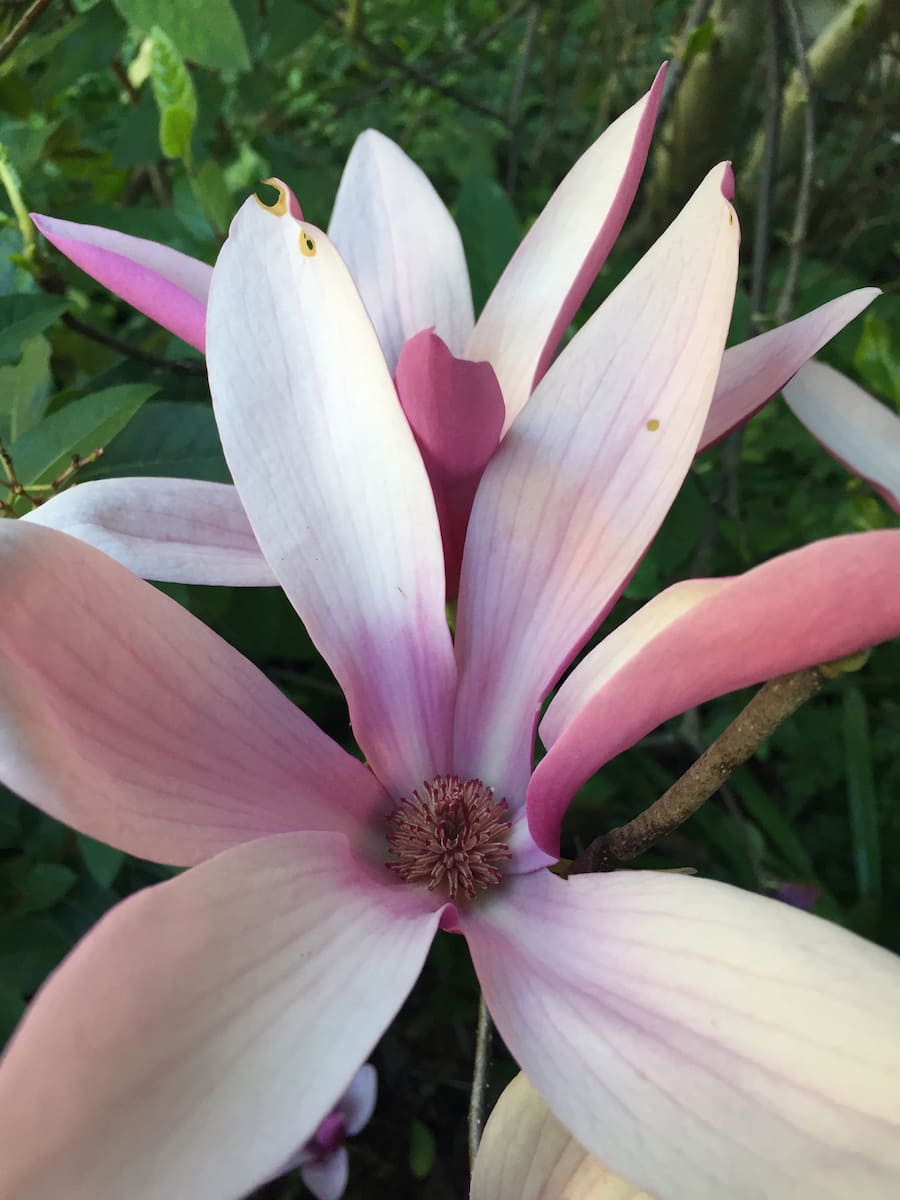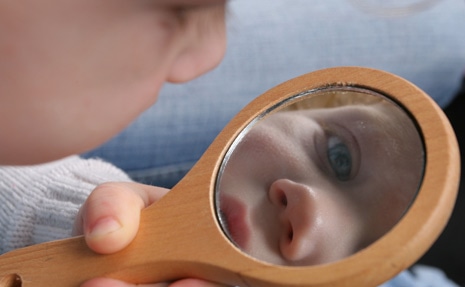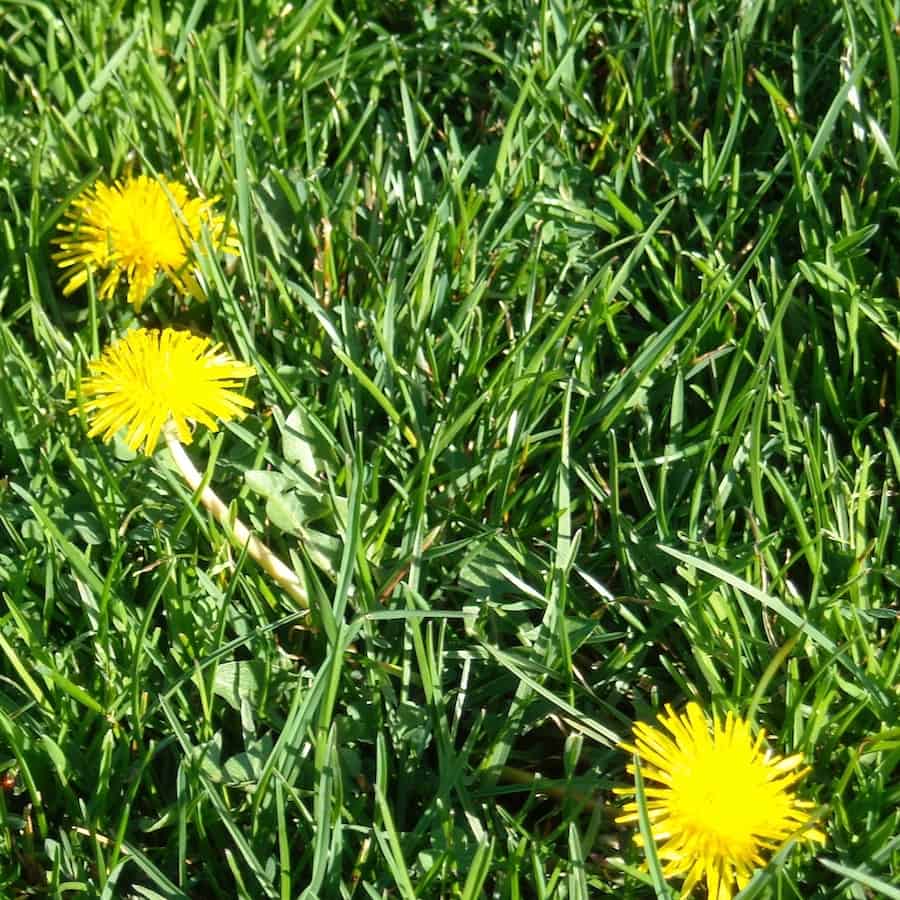
“Nothing is so beautiful as spring when weeds, in wheels, shoot long, and lovely, and lush…” Gerard Manley Hopkins
While cleaning out our parent’s ranch home I found a book published in 1918 belonging to my grandfather. The title is The Herbalist by Joseph E. Meyer, 1878-1950. The cover showcased a line drawing of an apothecary’s garden. The first page warns in big bold letters “Special Attention: The botanical materials, medications, and recipes of this book are not intended to replace the services of physicians.”
Being the major gardener and herbalist that I am, I was thrilled to discover this tiny tome filled with information that is pertinent over a hundred years after publication to those of us who love to grow our own food. After reading about the anatomy of plants, the epitome of botany, and the medicinal uses of plants, I excitedly went into the garden to find weeds to feed me. Then of course, it was time to throw seeds to beautify what will become my late spring landscape.
Since the rain and hail we experienced in March, weeds are ubiquitous. Before seeding, weeding is essential. If you like to be adventurous while consuming a nutritional boost, separate the dandelions from other discarded weeds. Dandelions originated in Greece and have been enjoyed as greens in salads or sautés for centuries. Dandelions provide calcium, vitamin K, vitamin A, E. riboflavin, and iron. The dried root is a beneficial home remedy as a diuretic plus dandelions inhibit inflammation. Consider adding this food to your menu.
After a thorough weeding, it’s time to seed the garden with beautiful flowers and delicious vegetables. Always choose quality seeds. Plant seeds in the correct light situations. Refer to seed packets for information when the most auspicious planting window is and where the plants will thrive. Make sure to prepare the soil properly by weeding and composting or buy good soil.
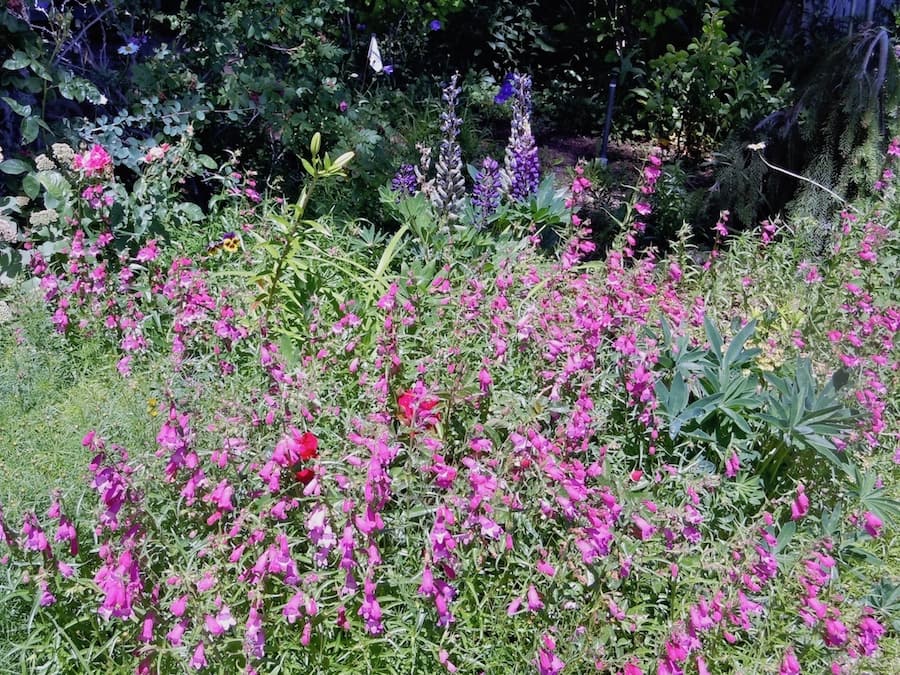
When planting indoors, choose a south or west-facing window to provide adequate light and warmth. Natural light is always best for helping seeds to sprout but you can always purchase grow lamps. Fluorescent tubes will work when placed two to four inches above the seedlings and left on for eighteen hours per day. If you are planting on a porch, be mindful of frosty evenings where you’ll need to provide heat. Speed seed germination with a heat mat that you place under trays or containers and remove the heat mat once the seeds have sprouted.
A container for planting seeds can be anything that is at least two-three inches deep with a drainage hole. You can use milk cartons, cell packs, recycled plastic, or clay pots. Even old coffee mugs can be re-purposed as long as you add gravel to the bottom. Get creative, re-purpose, and re-cycle.
Keep the soil moist but not soggy. When a plant has two sets of leaves it’s time to feed them with a half-strength fertilizer and get them to sunny locations outdoors as often as possible.
I prefer to sow directly in the ground and have experimented with seeding as early as March. However, my experience has instructed me to spread seeds when the soil is warm in late April, thinning as necessary. Follow instructions on seed packets for best results. Keep in mind that you will not have 100% germination. Sow an amount of seeds that is several times the amount you wish for best results. For small seeds like arugula and greens, I carefully scatter attempting not to have the seeds clumped in one area. All plants need room to spread. For plants growing in cells or trays, I usually transplant in May and have found that these plants tend to do better than those that were planted in early spring. Planting in sets of odd numbers, three, five, seven, nine, or more provides a cohesiveness and richness of texture.
Growing a beautiful garden from seeds is easy and inexpensive. You may have to provide netting to keep hungry birds, roaming rabbits, and ravenous deer out of your yard.
Spring is a time to weed, seed, and feed, both metaphorically and literally. I love experimenting in my garden and hope that a hundred years from now my books will be as relevant to readers as The Herbalist is.
Seeds to start indoors or in a greenhouse:
Broccoli
Brussels Sprouts
Cabbage
Cauliflower
Eggplants
Peppers
Tomatoes
Perennial Flowers
Seeds to sow in containers or directly in the garden:
Arugula
Basil
Beans
Beets
Carrots
Cilantro
Corn
Cucumbers
Greens
Herbs
Kale
Melons
Nasturtiums
Parsley
Parsnips
Peas
Penstemon
Radishes
Spinach
Swiss Chard
Squash
Sunflowers
Zinnias
Cynthia Brian’s Gardening Guide for April
- ⎫ CONTROL snails with organic treatments. You can hand pick them, put out bowls of beer, add copper tape to ornamentals, throw egg shells in affected areas, or scatter Sluggo. Eliminate watering at night when snails feed. They multiply and flourish in the wet and damp. In dry weather they will retract into their shells sealing off the opening with mucus. Snails can be dormant for four years.
- ⎫ RAKE lawns to remove debris and aerate. If fertilizer is needed, this is the time to apply.
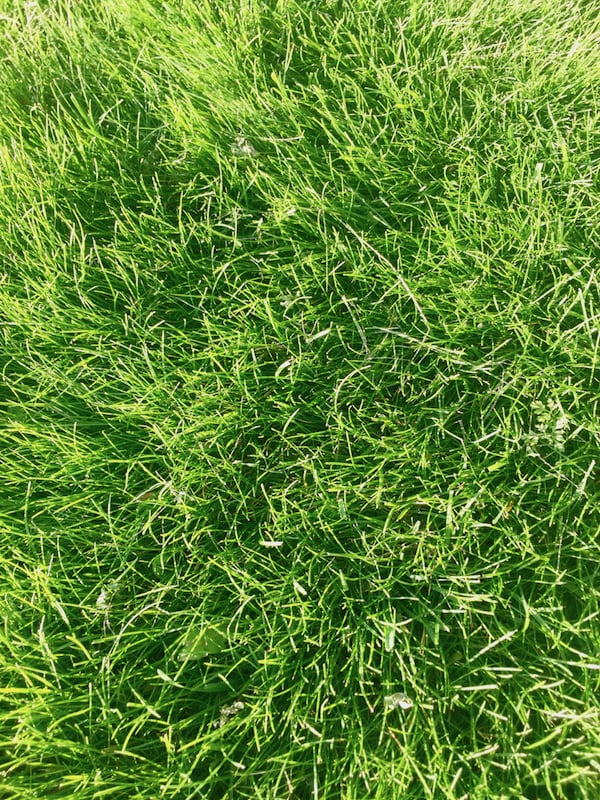
- ⎫ DON’T eat the mushrooms growing in your yard unless you are certain they are edible. Consult a mycologist as many mushrooms are toxic and potentially fatal if ingested.
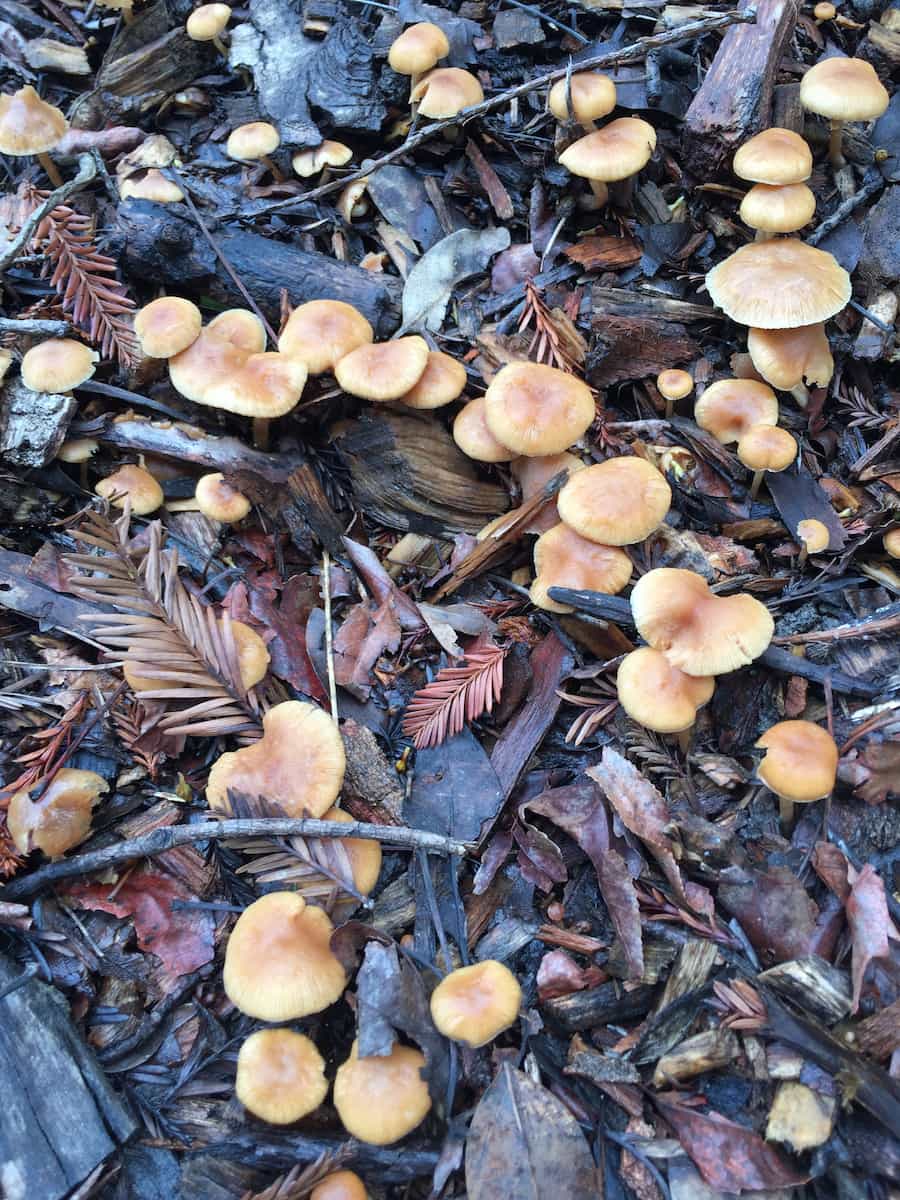
- ⎫ VISIT Wildlife Earth Day at Wagner Ranch in Orinda on Sunday, April 22 from 11:30-4pm. Several community organizations will also present earth-friendly endeavors. I will be autographing my newest book, Growing with the Goddess Gardener as well as talking about botanicals. For more information on this nature-lover’s event organized by the naturalist guru, Toris Jaeger, visit https://fwrna.org/wildlifefest/
- ⎫ PLANT agastache, columbine, penstemon, salvia, and trumpet vine to attract hummingbirds. When the threat of frost is finished, hibiscus, bougainvillea, and citrus can planted.
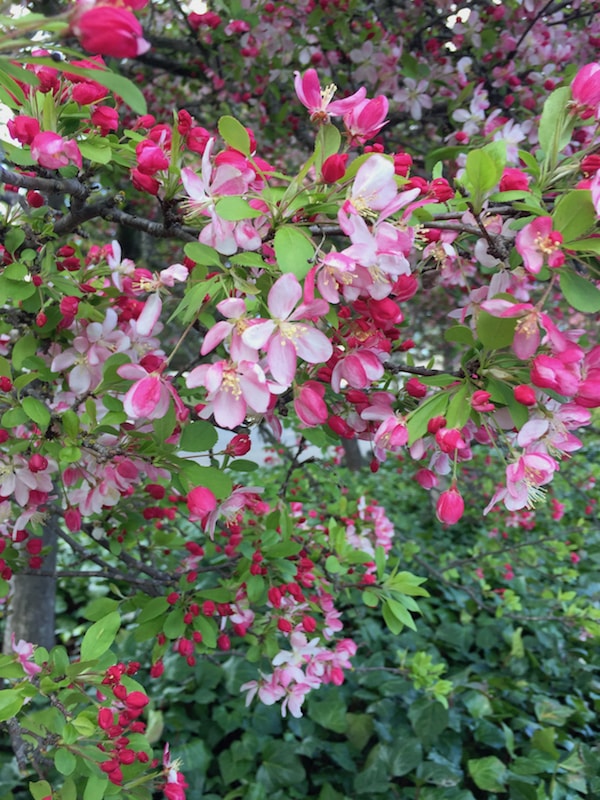
- ⎫ BUY discounted tickets to the June 15th Oakland A’s versus Los Angeles Angeles Baseball Game with a portion of proceeds benefitting the 501 c3 charity, Be the Star You Are® http://www.BetheStarYouAre.org or go find your seats to buy directly at https://groupmatics.events/event/Bestar
- ⎫ EAT your dandelions for a wealth of nutritional and medicinal benefits. And Italian proverb instructs ““He who wants to eat a good supper should eat a weed of every kind.”
- ⎫ WALK in the woods, a park or hug a tree to get your dose of forest bathing known as the Japanese tradition of shinrin-yoku.
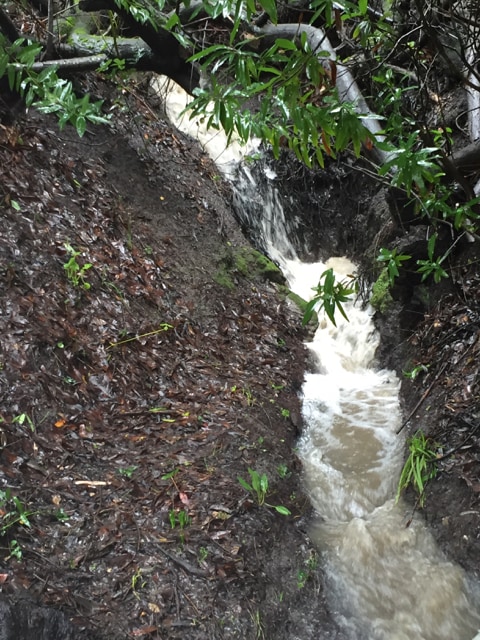
- ⎫ SAVOR springtime. It’s the bugle baby for beauty, fragrance, and new life.

Happy Gardening. Happy Growing.
Cynthia Brian
Cynthia Brian, The Goddess Gardener, raised in the vineyards of Napa County, is a New York Times best selling author, actor, radio personality, speaker, media and writing coach as well as the Founder and Executive Director of Be the Star You Are1® 501 c3.
Tune into Cynthia’s Radio show and order her books at www.StarStyleRadio.com.
Buy a copy of the new book, Growing with the Goddess Gardener, at www.cynthiabrian.com/online-store.
Available for hire for projects and lectures.
Cynthia@GoddessGardener.com
